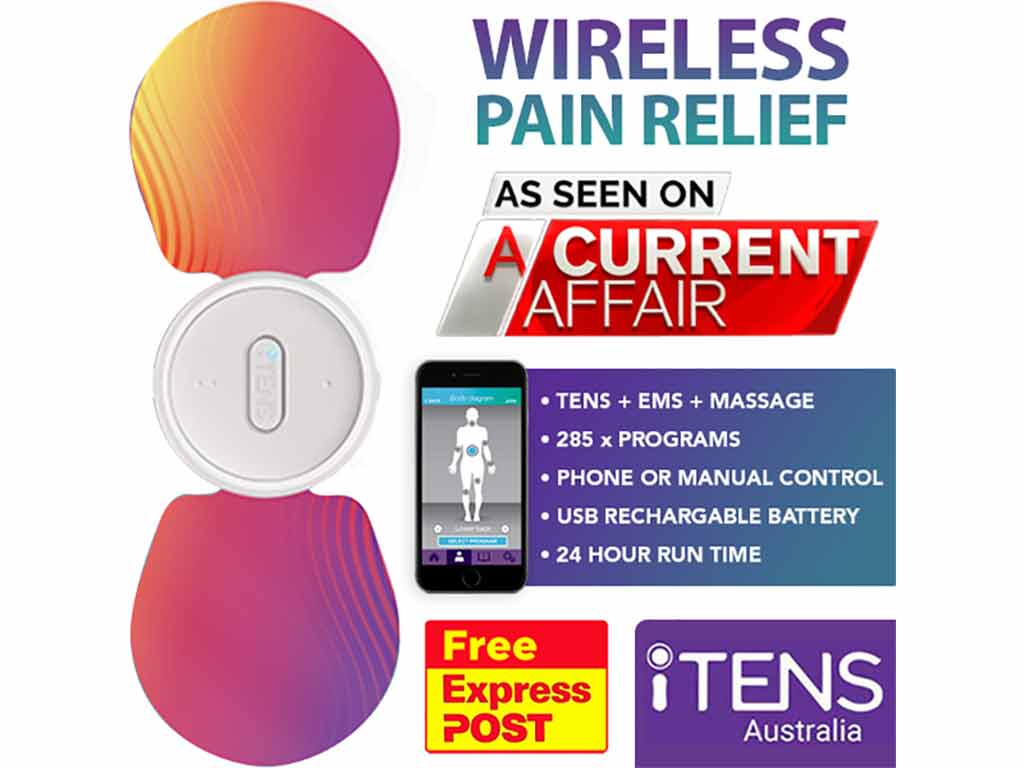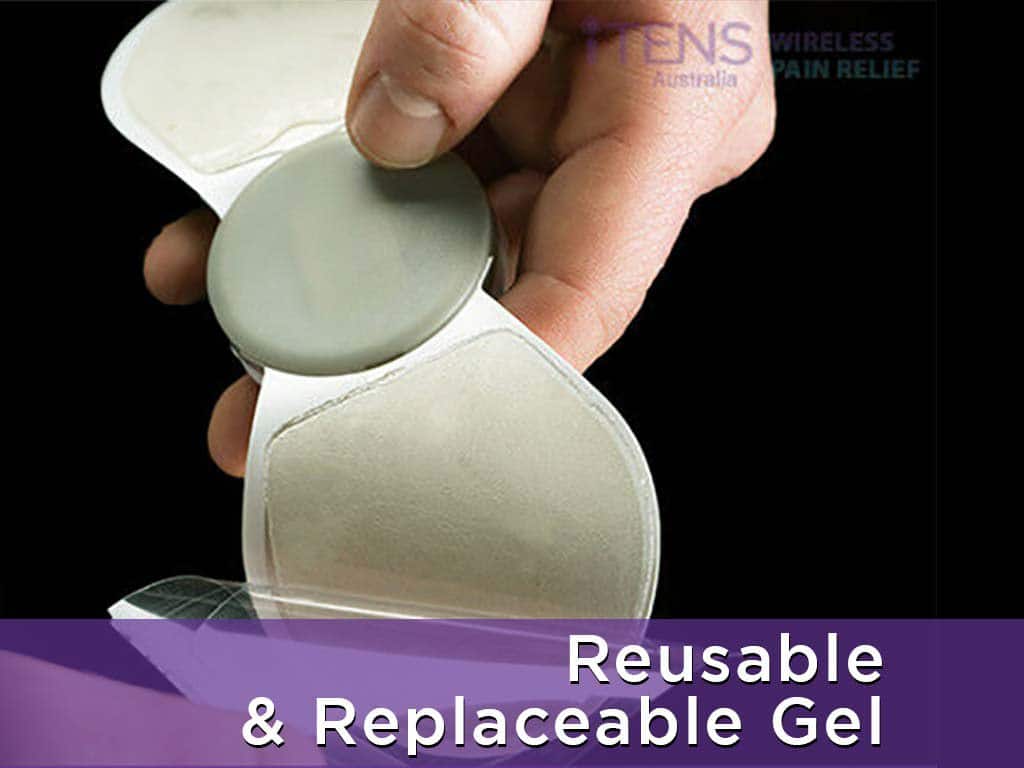
Plantar fasciitis is one of the most common foot pain affecting many adults. It can be a debilitating condition, causing discomfort in the feet. Many treatments are available that do not involve surgery. One of the options is Transcutaneous Electrical Nerve Stimulation (TENS). TENS therapy for plantar fasciitis is a non-invasive pain management method that uses electrical signals to stimulate the nerves and reduce pain. It utilises electrode pads near the pain area and activates the body’s natural painkillers.
TENS therapy is an all-natural method known for relieving acute and chronic pain. It helps reduce the severity and frequency of the symptoms without relying on medications. Thus, individuals opt for this treatment to avoid the adverse side effects of drugs. This article will guide you on how TENS therapy works and how to use it for plantar fasciitis. It will include the settings and placement guide and safety considerations.
How Does TENS Therapy for Plantar Fasciitis Work?
Plantar fasciitis is a heel pain when the tissue (plantar fascia) at the bottom of the foot is irritated or inflamed. It causes a stabbing sensation, especially in the morning. TENS therapy for plantar fasciitis works by delivering low electrical pulses to stimulate the sensory nerves in the feet. The electrical stimulation activates the “neural gates” that control the transmission of pain signals to the brain.
Another benefit of TENS therapy is it induces the release of endorphins. These are chemicals known as the body’s natural painkillers. Endorphins act as inhibitory neurotransmitters that prevent the nerve cells from sending pain messages. Thus, the brain receives fewer signals, resulting in the overall reduction of pain.
A TENS machine can also boost circulation, reducing inflammation that causes pain. Increasing the blood flow helps relax the muscles and accelerate the healing of damaged soft tissues. Therefore, it helps with acute plantar fasciitis from an injury or chronic pain. Many individuals may combine TENS with physiotherapy or laser therapy to increase its effectiveness.
Benefits of TENS
A TENS machine may also help with other types of feet pain:
- Gout or inflammation of the big toe and other types of arthritis
- Fracture or broken bone
- Achilles tendinitis or having tight Achilles tendons
- Repetitive stretching of the plantar fascial ligament
- Excessive weight
- Foot pain from wearing shoes or footwear that are too small or have poor cushioning
- Foot pain from long periods of standing or walking
- Running on your toes
- Excessive pronation of the feet
- A sudden increase in foot traffic on a different surface
- Heel spurs or bony growths at the back of the heel bone

How to Use TENS Therapy for Plantar Fasciitis
TENS therapy for plantar fasciitis may vary from person to person, depending on the severity of the pain. Begin by placing one pad on the bottom of the feet over the pain area. Next, place another electrode above it or near the ankle. The placement may differ based on what helps relieve the pain the most.
Turn on the unit and start at the lowest intensity level and with a short duration, such as 10 minutes per session. Gradually increase the intensity until reaching a comfortable level. If there is no discomfort, the treatment time may go up to 20 to 30 minutes. Repeat multiple times daily or as advised by a healthcare professional.
The settings and pad placement may vary for each person as everyone can react differently to electrical stimulation. Moreover, it is best to stay put while using a TENS machine for plantar fasciitis. This prevents the electrode pads from loosening, which may affect the effectiveness of the therapy.
Places to Avoid
Putting the TENS pads on the feet can be tricky as the surface is uneven, and the skin is thin and sensitive. The primary areas to avoid are directly over the joints or movable parts, such as the ankle. Ensure the skin is clean and free from dirt, lotion, or oil that would affect its adhesion.
It is also best to avoid areas with varicose veins and irritated or broken skin. Other places to avoid are directly over the backbone, chest, and head. For best results, consult a medical professional on how to use a TENS machine for your condition.

Safety Considerations of TENS Therapy for Plantar Fasciitis
TENS therapy for plantar fasciitis and other pain conditions is generally safe. However, there are several safety considerations to keep in mind before using a device. Firstly, avoid extremely high intensity or frequency that it starts to increase the pain or discomfort. Secondly, follow the recommended duration of the therapy. Overusing the machine may cause irritation and sensitivity to the area.
Thirdly, some people may have allergic reactions to the adhesive or material of the TENS pads. If skin rashes, redness, or irritation occur, discontinue use and wash the skin with warm water and gentle soap. Monitor the skin condition and consult a doctor if the symptoms persist.
Equally important, TENS is not suitable for people with heart ailments, epilepsy and pacemakers. Check with a healthcare professional before using a TENS machine for guidance. Similarly, pregnant women should avoid using TENS without medical advice. In particular, do not place the unit over the belly and on trigger points that may induce contractions. These extra precautions can help avoid safety risks associated with electrical stimulation.
Device Recommendations
TENS machines come with various styles and features. The main types to choose from are traditional (wired) and wireless TENS. For plantar fasciitis and other foot pain, a small electrode pad would suit best. Additionally, use the recommended electrode pads and accessories. For people with sensitive skin, hypoallergenic gel pads like the iTENS may help.
iTENS is a wireless TENS unit offering more convenience as it eliminates dealing with tangled wires. It is Bluetooth-capable to connect to a smartphone app. Furthermore, it has adjustable settings and pre-set programs for specific conditions. Lastly, always use a device with FDA approval or clearance for safe use.
Conclusion
The goal of TENS therapy for plantar fasciitis is to reduce inflammation and pain in the foot. It works by delivering small electrical currents through electrode pads placed over or near the affected area. The pulses flow through the skin and stimulate the nerve fibres to reduce pain. It induces the pain pathways to close, hindering the pain signals from reaching the brain. In addition, it triggers the release of endorphins, the body’s painkillers.
Using a TENS machine is simple. As a general guide, start with the lowest intensity level and slowly increase until reaching a comfortable level. The effectiveness of TENS therapy may vary with each person. Thus, trying different settings can help find the most optimal results. Overall, TENS is a non-invasive treatment for chronic and acute pain. It is also a natural alternative for people who want to reduce their intake of drugs.







